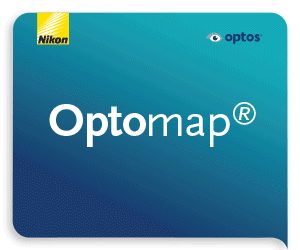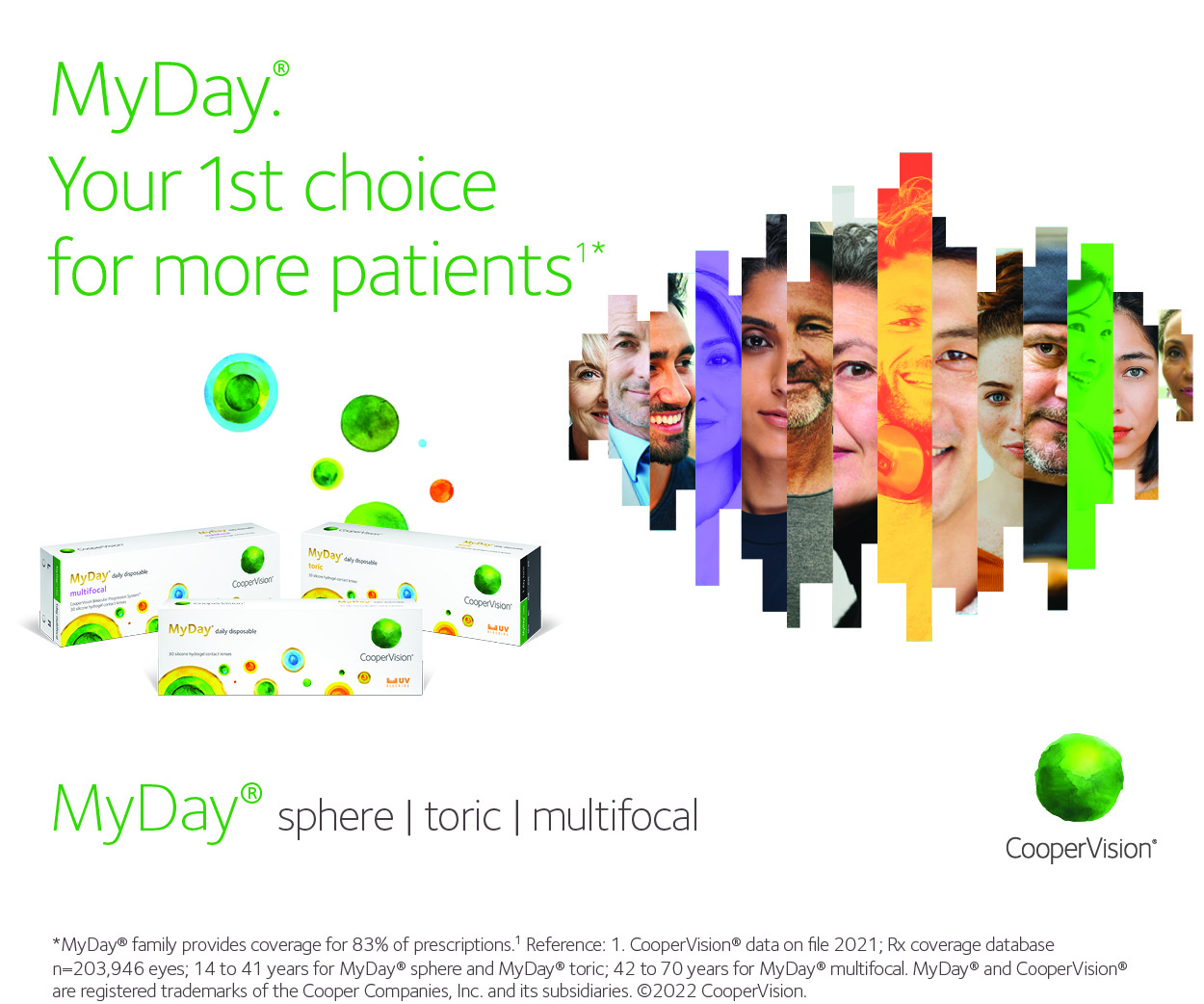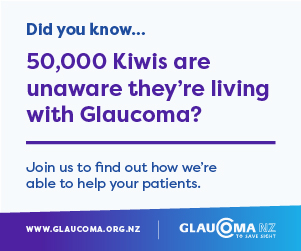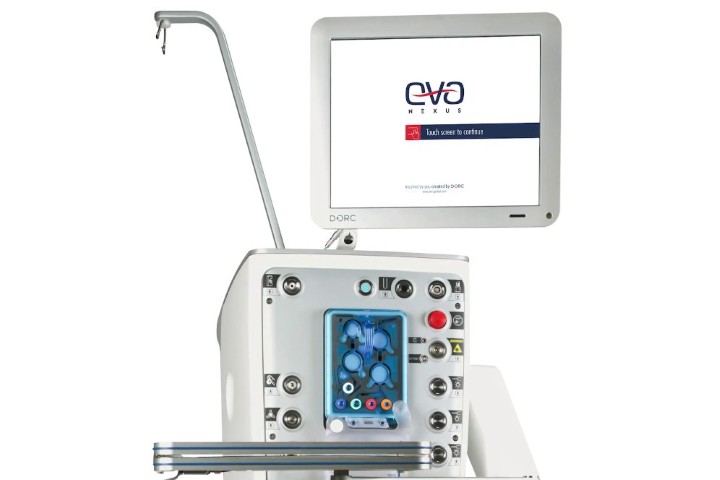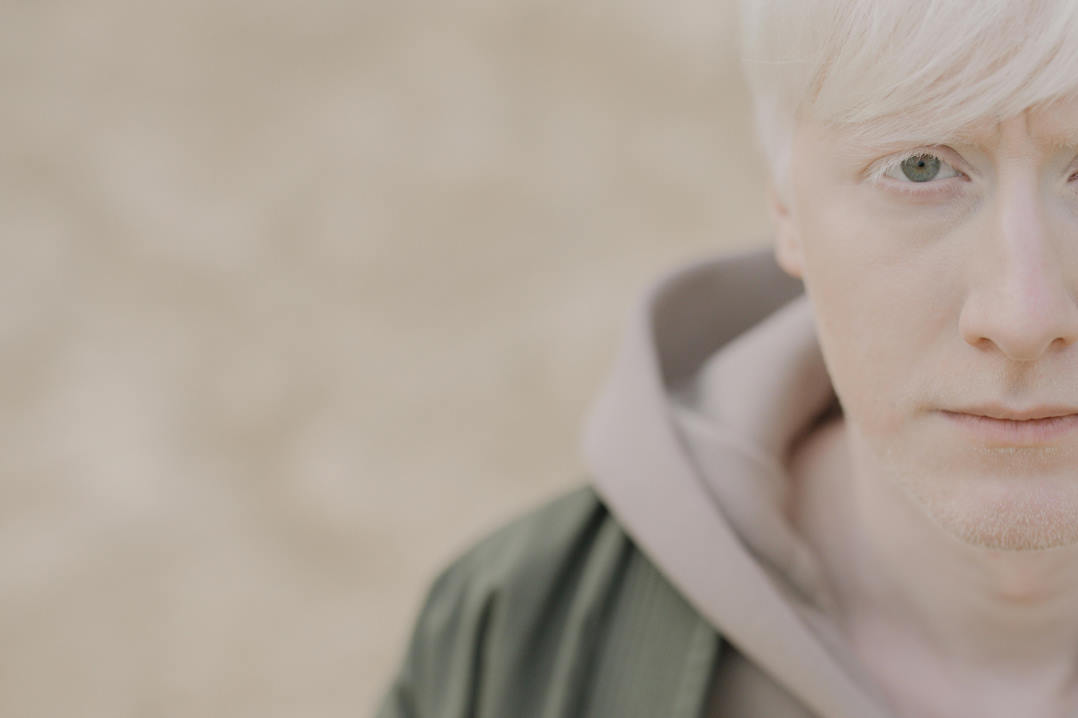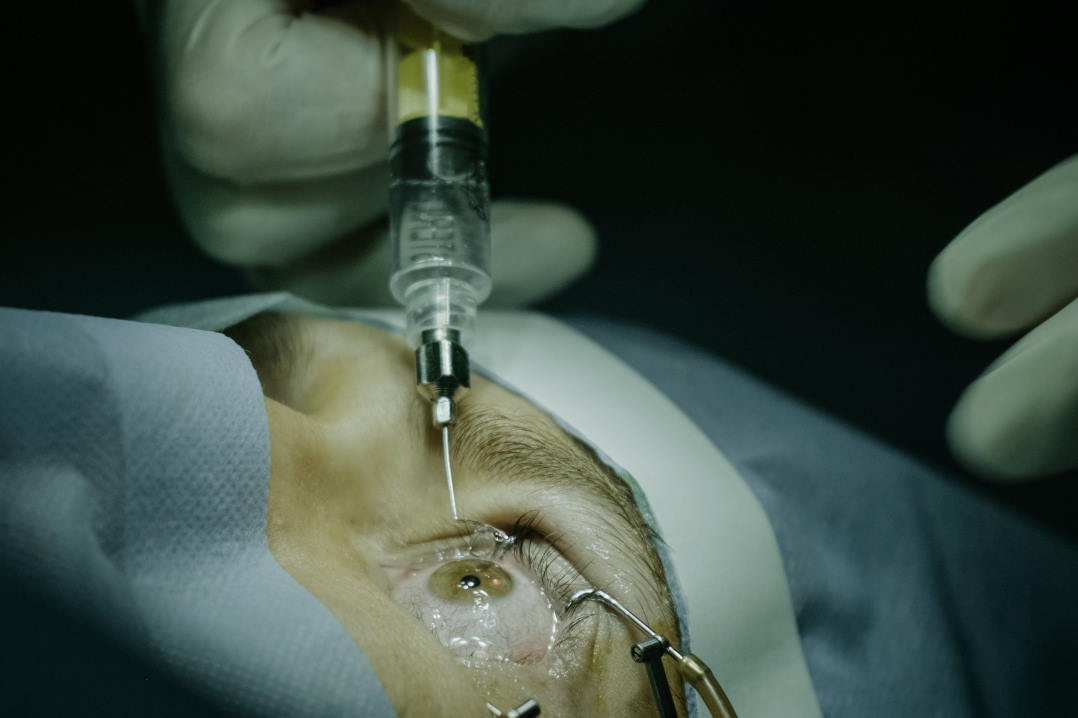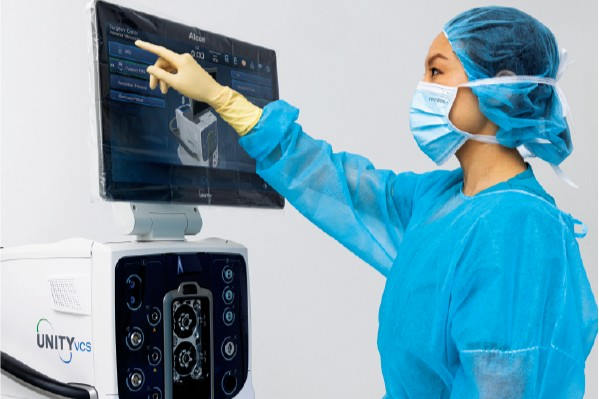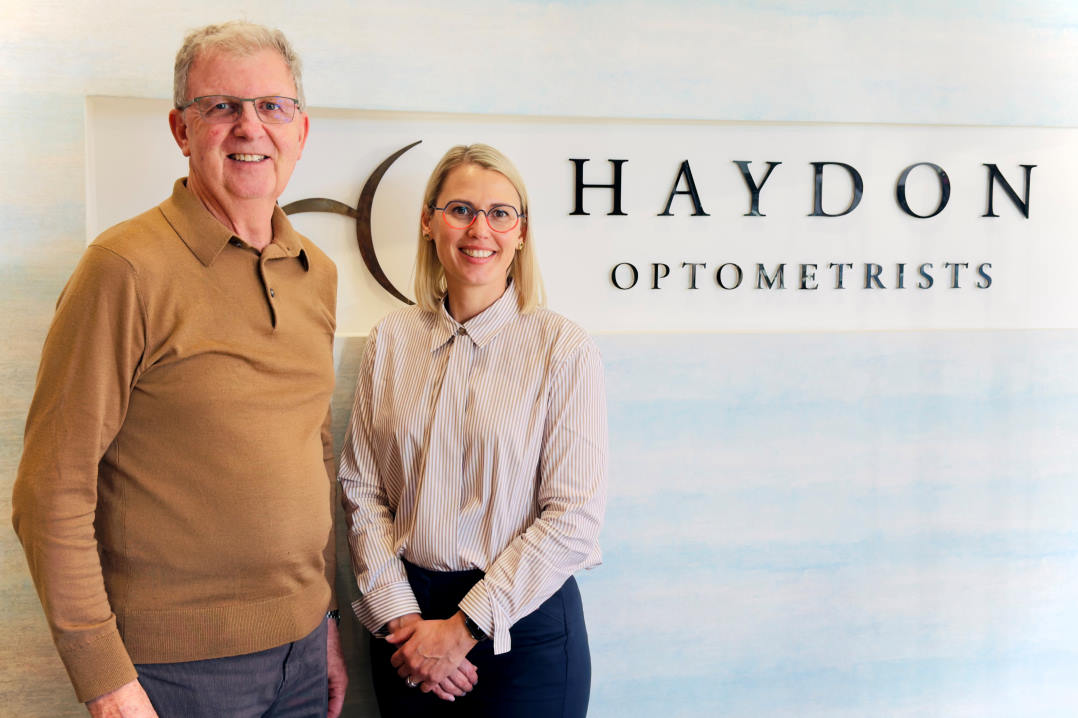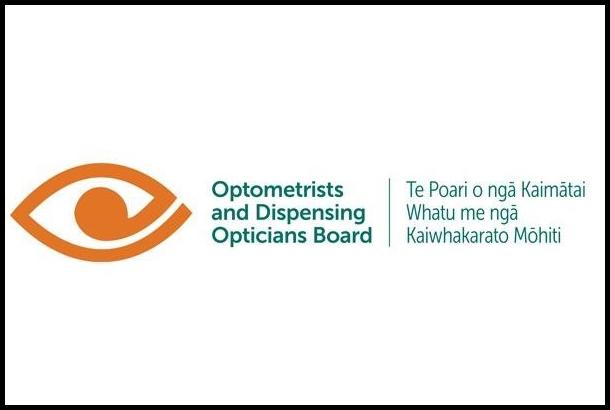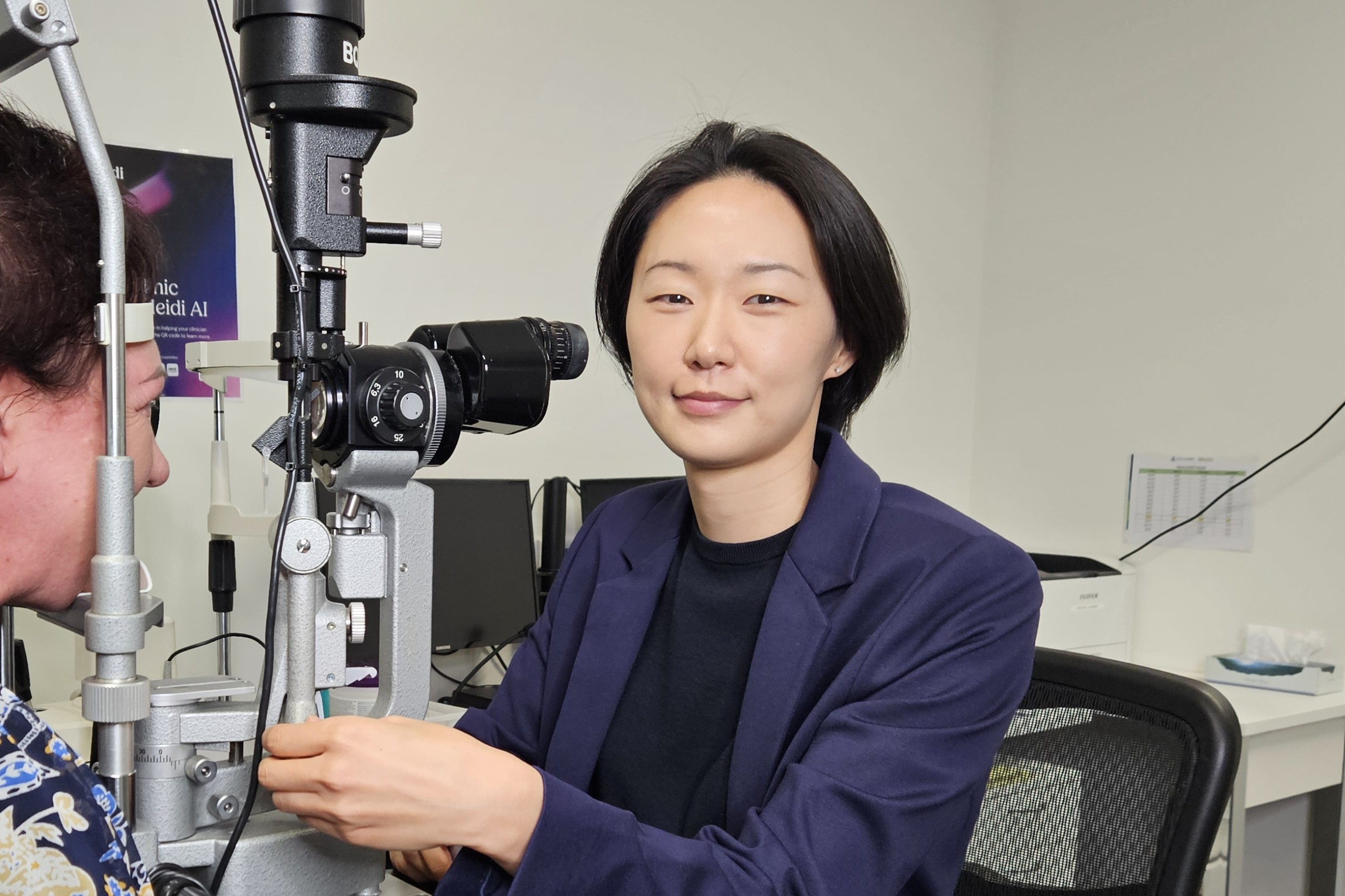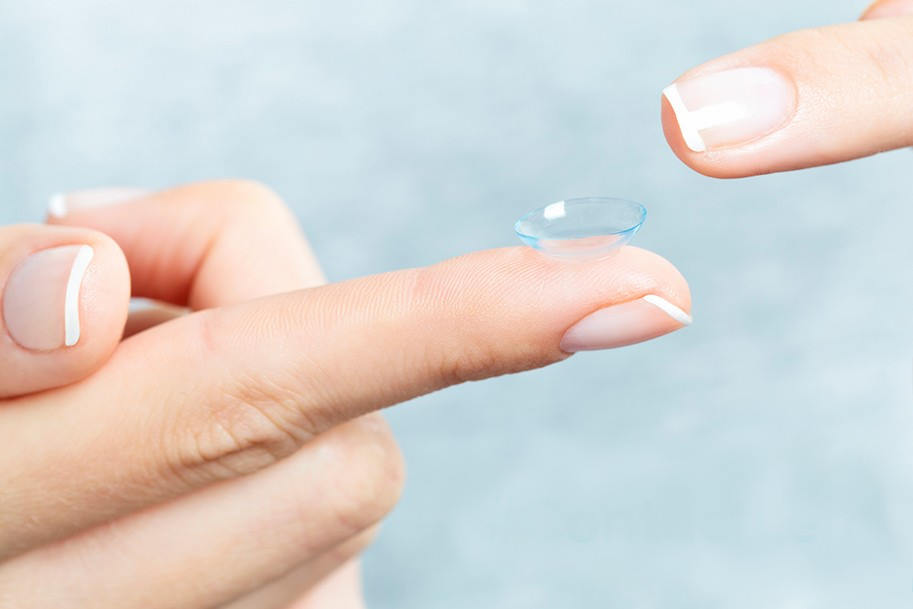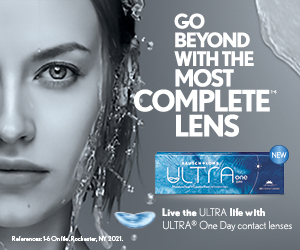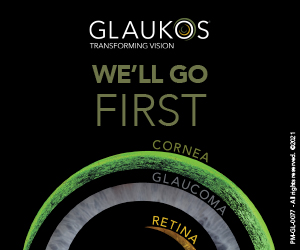IPL for DED post-laser surgery
A Taiwanese study has shown that patients with dry eye disease (DED) who’d previously had keratorefractive surgery (KRS) had more risk factors and thus poorer outcomes with intense pulsed light (IPL) treatment compared with non-KRS DED patients.
Led by Dr Chia-Yi Lee from the Institute of Medicine at Chung Shan Medical University, Taichung, the retrospective cohort study included 11 KRS and 35 non-KRS eyes. Six months post-IPL treatment, non-invasive tear breakup time (NITBUT) was significantly higher in the non-KRS group compared with the KRS group. “In regard to pre-treatment risk factors for poor response after IPL treatment, low NITBUT, low tear meniscus height, high ocular surface staining and multiple DED-related symptoms correlated to poor treatment outcome in the KRS population,” reported researchers. Low NITBUT and high ocular surface staining pre-treatment were also associated with relatively poorer treatment outcome in both populations, they said.
KRS can cause limbal cell damage, elevated inflammatory cytokine levels and corneal nerve damage, contributing to a high degree of tear evaporation, inadequate tear film stability and thus DED, they wrote. “Consequently, additional management may be applied to DED individuals with previous KRS who are scheduled for IPL treatment for a better therapeutic effect.”




